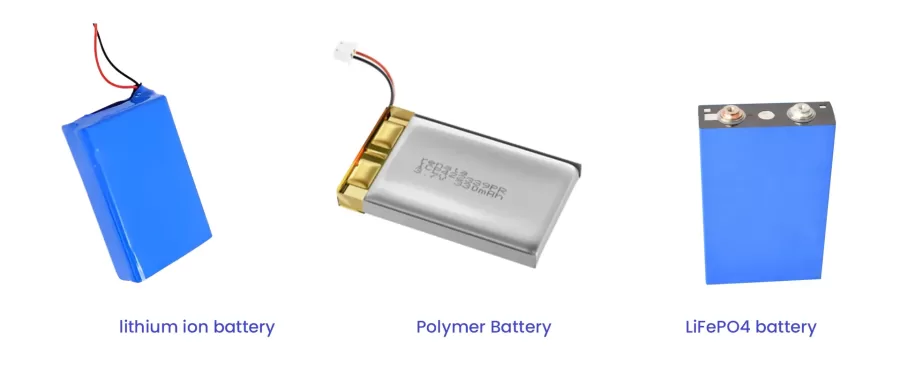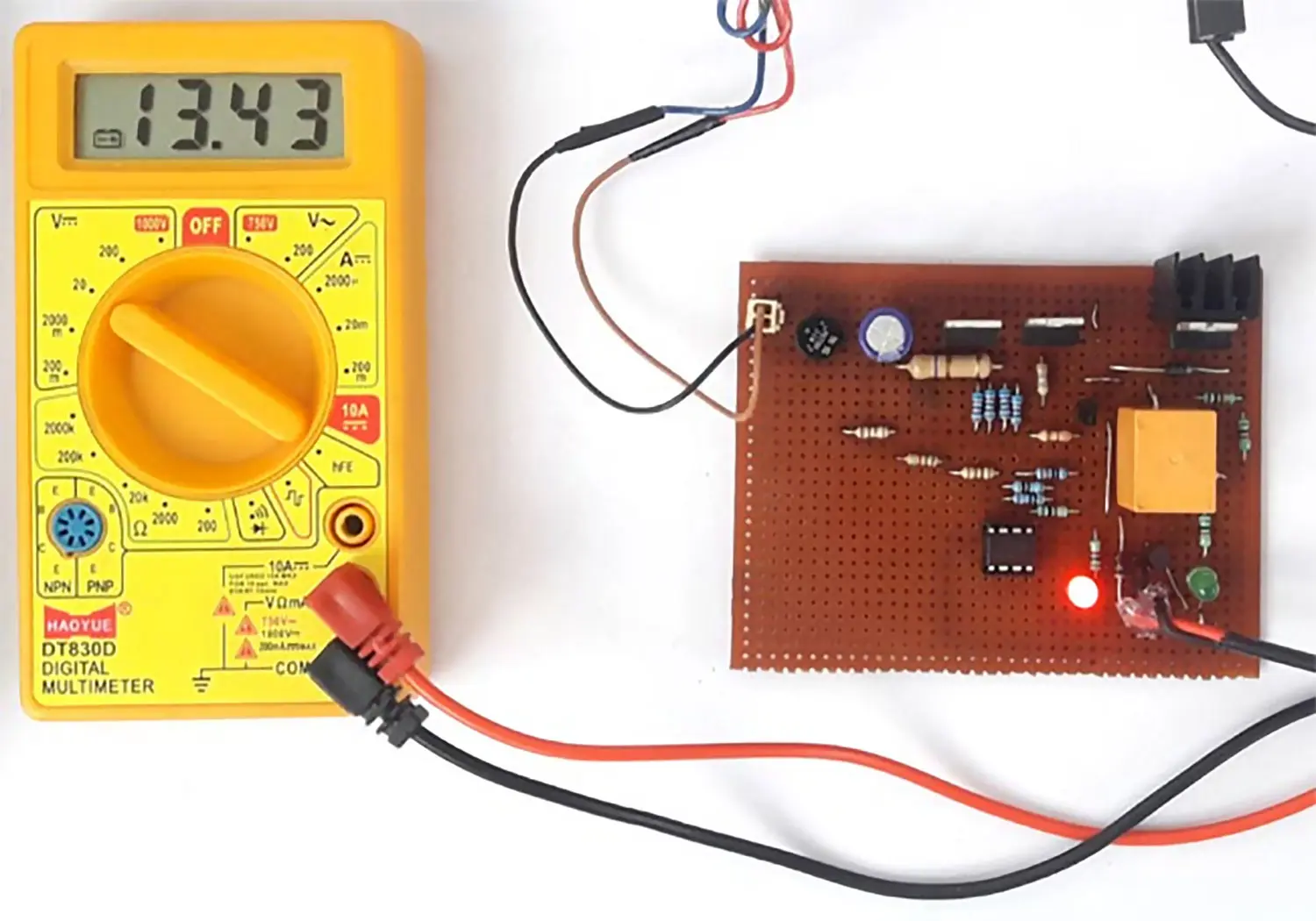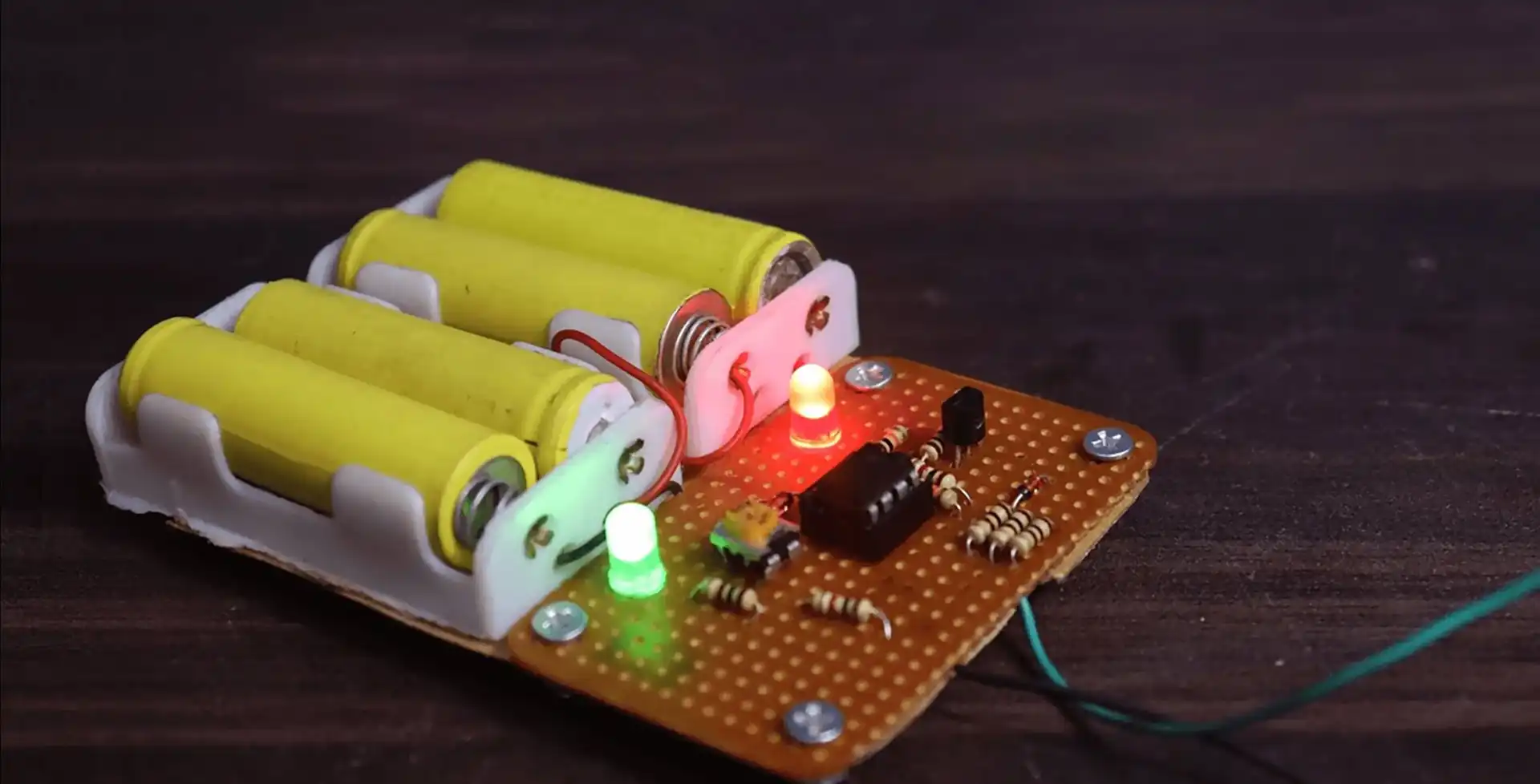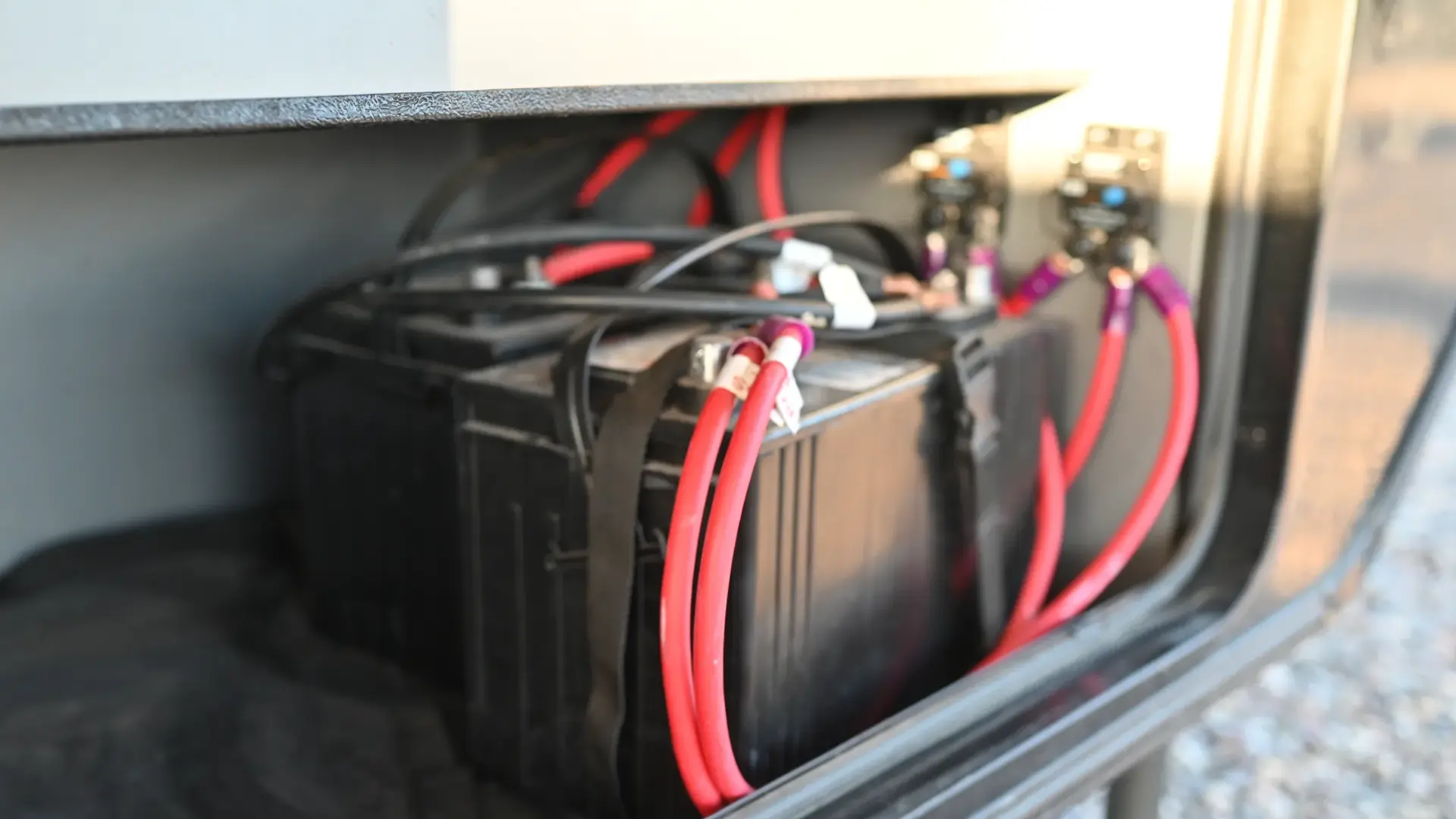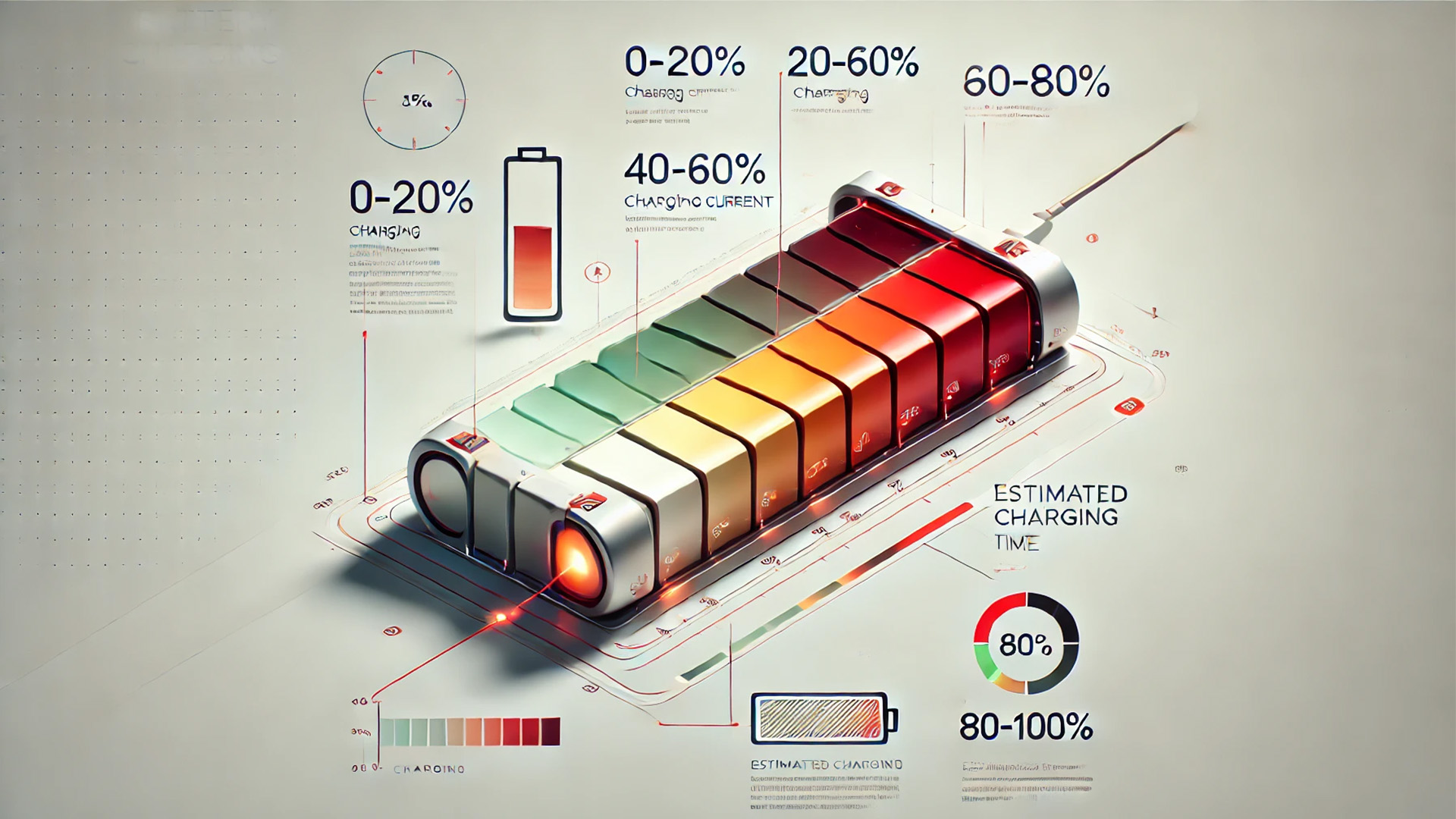Selecting the right lithium battery charger for your battery pack can be a tricky process. The wrong choice can result in a shortened battery life, permanent battery damage, and even dangers like fires and explosions. In this article, we will explore the key factors to consider when selecting lithium battery chargers, enabling you to make an informed decision and ensure optimal performance for your battery pack.
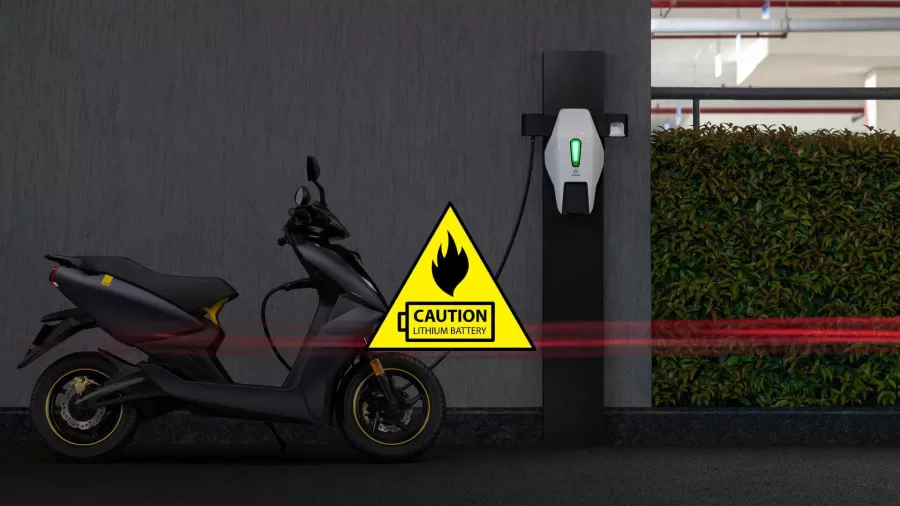
Understanding The Lithium Battery Charger Requirements Of Different Types
There are three primary types of lithium batteries, each one requiring precise charging specifications to avoid battery damage. Understanding these requirements is especially important when choosing the right charger.
- Lithium-ion batteries are the most common type of lithium battery, with 3.7V being a very common voltage in this category. These batteries should be charged to 4.2 volts per cell at a constant current and then to 4.1 volts per cell at a constant voltage. However, there is a wide range of voltage options for lithium-ion batteries beyond 3.7V. The specifications of chargers for each voltage type of lithium-ion battery pack are described in more detail in the chart below:
| Charger Specification | Charger Max Current | Li ion Battery Pack Specification |
| 4.2V | 2A | 3.7V li ion battery |
| 8.4V | 1A | 7.4V li ion battery |
| 12.6V | 4A | 11.1V li ion battery |
| 16.8V | 4A | 14.8V li ion battery |
| 21V | 4A | 18V li ion battery |
| 25.2V | 2A | 21.6V li ion battery |
| 29.4V | 2A | 25.9V li ion battery |
| 42V | 5A | 36V li ion battery |
| 50.4V | 8A | 43.2V li ion battery |
| 54.6V | 4A | 48V li ion battery |
- Lithium polymer batteries are similar to lithium-ion batteries but offer some advantages such as being lighter, thinner, and more flexible. They should be charged to 4.1 volts per cell at constant current and then to 4.0 volts per cell at constant voltage.
- Lithium-iron phosphate (LiFePO4) batteries are a safer lithium battery with a longer lifespan and improved low-temperature performance. They should be charged at a constant current of 3.6 volts per cell and then at a constant voltage of 3.4 volts per cell.
Factors To Consider When Choosing A Lithium Battery Charger
Choosing a lithium battery charger can be a confusing process, but knowing the key factors to consider when selecting your charger can make all the difference. Here are the primary elements to consider when shopping for your lithium battery charger.
A. Charging Speed and Capacity:
The charging speed and capacity of a charger directly impact charging time and efficiency. To ensure optimal charging, it is important to match the charger’s output power to your battery pack’s capacity. This will prevent undercharging or overcharging, which can damage the battery and reduce its lifespan. The charger’s maximum current should not limit the 1C of the Li-ion battery pack.
B. Lithium Battery Charger -Charge Modes and Steps:
The charging speed and capacity of a charger directly impact charging time and efficiency. To ensure optimal charging, it is important to match the charger’s output power to your battery pack’s capacity. This will prevent undercharging or overcharging, which can damage the battery and reduce its lifespan.
- Low voltage precharge mode
Low voltage precharge mode is used to precharge fully discharged cells. When the battery voltage is lower than about 3V/cell, the charger will release the maximum constant current of 0.1C to charge the battery. If your battery pack solution works with an extreme mode, the li ion battery charger should be customized to meet your needs.
- Constant current charge mode
When the battery voltage rises above the trickle charging threshold, the charging current is increased for constant current charging. The current during constant current charging is between 0.2C and 1.0C. When the constant current is over 1C, it will affect the battery performance. It is not healthy for the battery to use a constant current over 1C for extended periods.
- Constant voltage charge mode
When the battery voltage rises to 4.2V/ce, the constant current charging ends and the constant voltage charging phase begins. According to the saturation degree of the battery cell, the charging current gradually decreases from the maximum value as the charging process continues. When it decreases to 0.01C, the charging is considered to be terminated. For best performance, the regulation tolerance should be better than +1%.
- Charging Termination
Timed from the start of the constant voltage charging phase, the charging process is terminated after two hours of continuous charging.
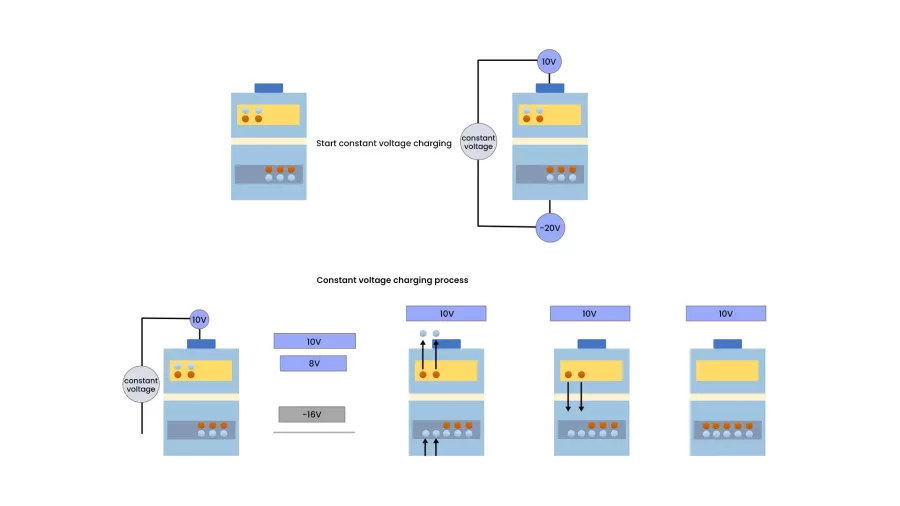
Your charger must be compatible with your battery’s chemistry and voltage requirements to ensure safe and efficient charging.
C. Safety Features:
When shopping for a lithium battery charger, look for chargers that have built-in protection mechanisms such as overcharge protection, short-circuit protection, and thermal regulation. These safety measures minimize the risk of accidents and help ensure the longevity of your battery pack.
Correct Charging And Maintenance Methods For Lithium Battery Chargers
Choosing the right charger is only one piece of the puzzle. To prolong the lifespan of your lithium batteries and ensure safe charging, it’s imperative to follow proper charging and maintenance practices.
Here are some tips:
- Proper storage: Lithium batteries should be stored in a cool, dry place. Avoid storing batteries in extreme temperatures, such as in a hot car or the freezer.
- Avoid overcharging: Do not leave your batteries charging for an extended period. Once fully charged, remove them from the charger to prevent overcharging.
- Charge in optimal temperature conditions: Charge your batteries within the recommended temperature range to ensure safe and efficient charging.
- Perform regular maintenance: Periodically inspect and clean the contacts on both the charger and battery pack to ensure proper connectivity and charging efficiency.
By following these tips, you can help to ensure that your lithium batteries last for years to come. You can gain more safe tips from the custom battery pack manufacturer.
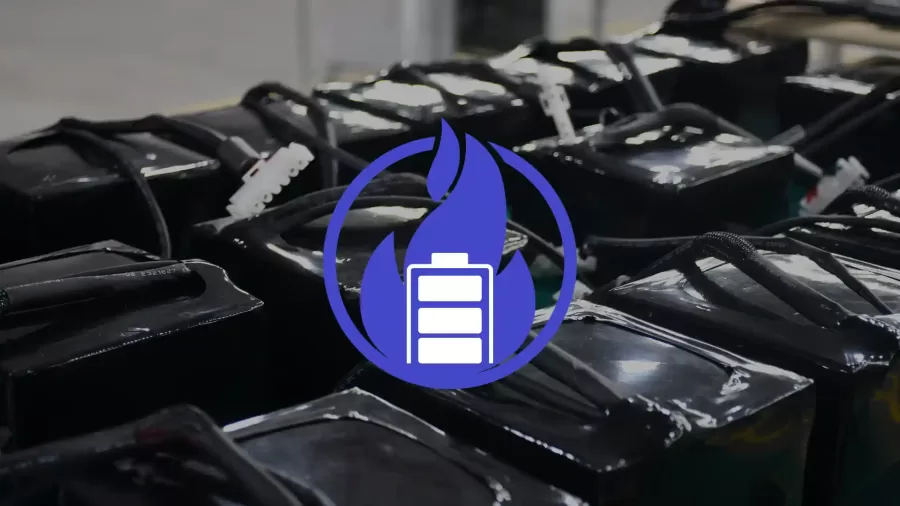
Choosing the right li-ion battery charger is important for ensuring the safe and proper charging of your batteries. By considering the factors outlined in this article, you can select a charger that is compatible with your batteries and meets your charging needs. Additionally, by following these tips for charging and maintaining your batteries, you can help prolong their lifespan and ensure safe handling.
For more information, please send us a message or contact us directly by clicking here.

